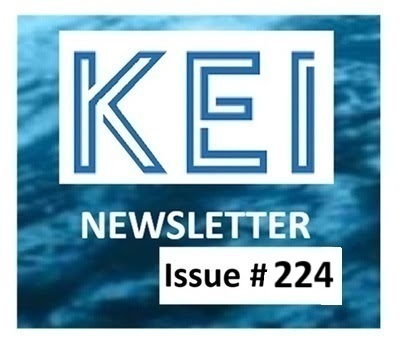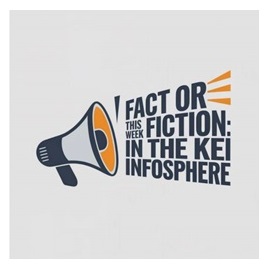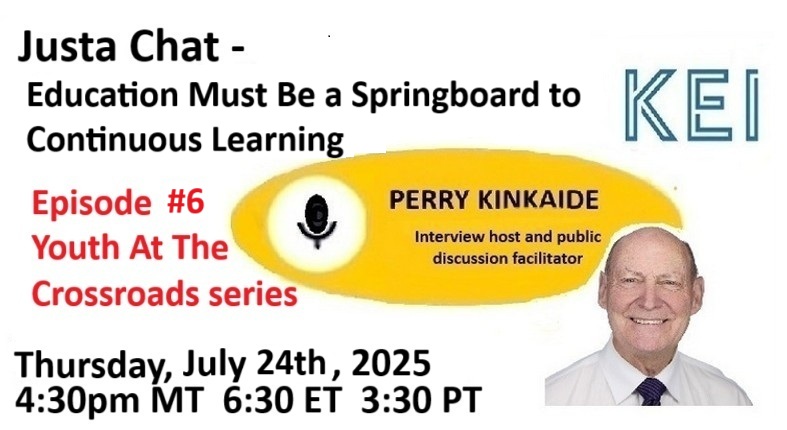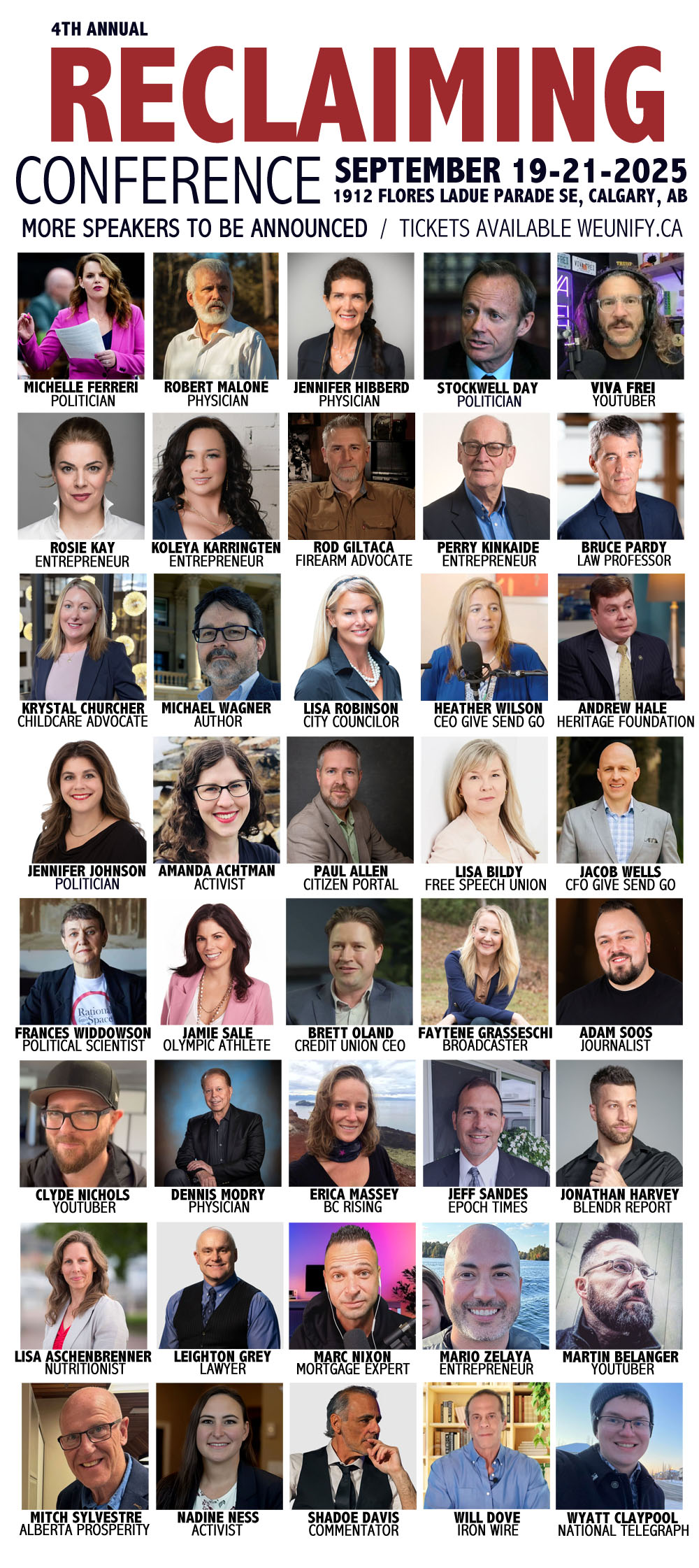|
Education Must Be a Springboard to Continuous Learning |
DIRECTORY | ||
|
Contributions: Youth, Fear, and the Fog of Climate Change |
Action: Help sustain KEI's contributions |
Fact or Fiction?
Despair is Trending |
|
|
Editor - Perry Kinkaide |
From the Youth at the Crossroads series, we’ve heard that youth are keenly aware of the fast-changing world around them—and they want to be prepared for it. They recognize the value of being challenged in developing resilience, including an education that moves beyond passive instruction toward active, relevant learning that equips them to adapt, think critically, and lead. Public education must become a springboard for lifelong learning. Drawing on examples from Canada and beyond, we see schools beginning to embrace innovation—blending foundational knowledge with hands-on experience, creativity, and civic engagement. The question is: will the education system catch up to what youth already know they need? - Editor
|
||
|
Education Must Be a Springboard for Lifelong Learning This question forces us to rethink the very purpose of education. For too long, our system has emphasized passive instruction—teacher to student, textbook to test. But in today’s rapidly evolving world, education must become far more than a transfer of knowledge. It must be a springboard to continuous learning—the kind that empowers students to adapt, question, innovate, and lead. Continued below
No need to register. Just Zoom in https://us02web.zoom.us/j/84258596166?pw.. Continued from above Emerging technologies and accelerating change have made one truth unavoidable: no single set of skills or body of knowledge will last a lifetime. What will endure is the ability to learn continuously. That means public education must prepare students not only for today’s expectations, but for tomorrow’s unknowns. Yet in making this shift, we must not discard the basics. Early education must still ground students in foundational knowledge—literacy, numeracy, scientific thinking, historical understanding. These are essential tools for critical thinking and informed decision-making. But how we teach them must change. We need to move from passive learning to active engagement. Students must be invited to explore, to problem-solve, to collaborate. Learning should be participatory, rooted in real-world challenges, and reflective of the values we hope to see in tomorrow’s citizens: curiosity, responsibility, respect—for others, for the environment, and for democracy. Encouragingly, there are signs of change already taking hold. Schools such as the Centre High Campus in Edmonton have begun blending academic instruction with hands-on career experience, digital skill-building/literacy , and entrepreneurial thinking. Similarly, programs like British Columbia’s ADST (Applied Design, Skills and Technologies) curriculum empower students as early as Grade 5 to identify problems, design solutions, and reflect on the impact of their choices—fostering a growth mindset from a young age. Internationally, Finland’s education system is widely recognized for embedding project-based learning and cross-disciplinary thinking into daily instruction, proving that change is not only possible, but effective. At the same time, the welcome growth of private schools, charter schools, and alternative education models is further accelerating educational choice and innovation. Many of these institutions are experimenting with flexible schedules, personalized learning pathways, and technology integration that public systems are only beginning to explore. While public education remains essential for equity and access, it can and should draw lessons from these innovative approaches that are proving effective in nurturing lifelong learners. In this vision, public education is not the endpoint of learning—it is the beginning. It must instill the mindset and confidence to keep learning, to adapt with purpose, and to contribute meaningfully to society. If our students graduate ready to face the unknown with curiosity and resilience, then our education system will have succeeded.
Exhibition If you would like your organization to partner with us on the upcoming Exhibition Program, registration is now open on our ticket page https://weunify.ticketspice. Option 1 would be a general Exhibitor Pass which includes the following: - Access 3 days - 2 exhibition passes - 10x10 area - Pipe and drape - Table and chairs Option 2 would be a VIP Exhibitor Pass which includes higher visibility placement and customizations which exceed a general Exhibitor Pass. - Exhibition Pass benefits + - 2 additional exhibition passes - Highest visibility area - Custom area size available - Priority access So organizations can determine what budget they wish to allocate for team members who will be attending the Exhibition on behalf of the organization, we are selling conference tickets separately to offer maximum flexibility. In other words, the Exhibition Pass includes access to the Exhibition and other conference programming can be added on as an extra if desired. For clarity, this does not apply to Speakers attending the conference however it does apply to organization team members who may be attending on behalf of the organization. Option 3 allows organizations to expand involvement and become a sponsor. We created a Sponsor Form which helps explain future possibilities with partnership so we can reach a new audience together. https://forms.gle/ For any organization with financial difficulty, we are also offering a sliding scale budget. Just complete the Sponsor Form and enter your budget available and we can discuss further to work out the details.
|




